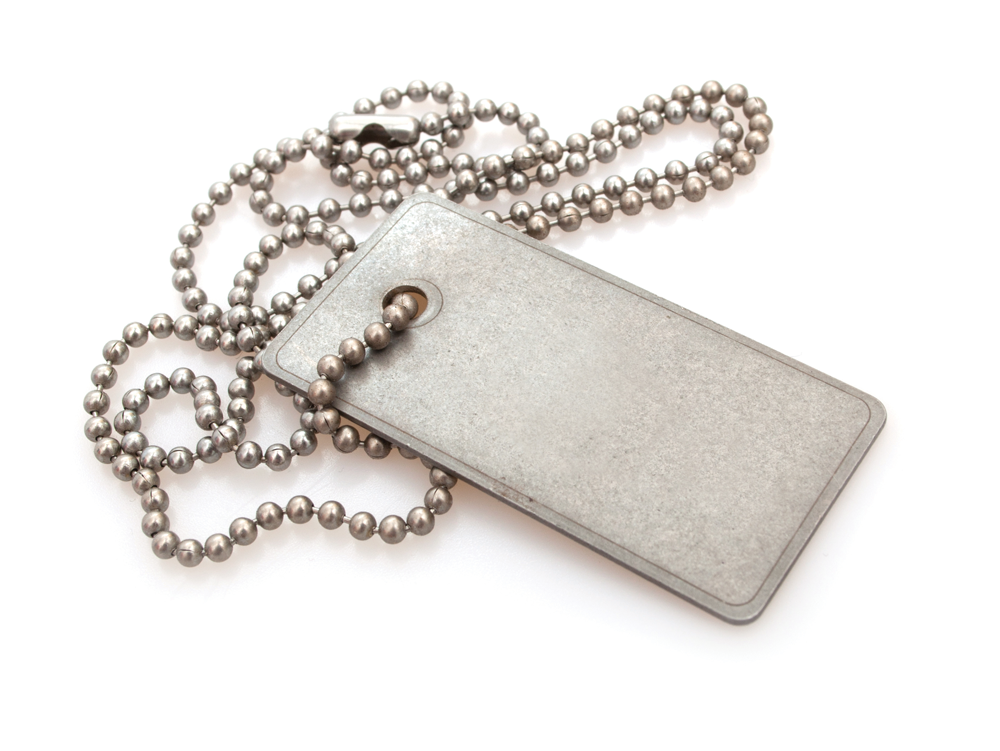Honoring Those Who Serve
Objectives
Students will understand a brief history of the U.S. armed forces. Students will also be able to identify and understand the roles of the service branches of the U.S. military and of the state National Guard.
- Students will research initiatives to support veterans and/or service members and their families.
- Students will recognize the role of philanthropic organizations in supporting those who serve our country.
- Students will plan and carry out a plan to support the troops with letters or another means of advocacy.
Materials
- Newspaper articles (online)
- Stationery and envelopes
Time Required
- Two 50-minute meetings
Procedure
Day One
Put the following quote on the board. Let students discuss what the quote might mean and who might have said it.
“I only regret that I have but one life to give for my country.”
Explain to members that Nathan Hale was a teacher and a captain in the Continental Army during the Revolutionary War who was captured by the British and admitted to being a spy for General George Washington. British General William Howe ordered the execution of Hale, who was hanged the next day. Although Hale’s spying mission ended in failure, his patriotism made him a hero among the colonists fighting for independence.
Have members work in small groups (five or six students per group) with internet access. Ask them to find other examples from history or from current events in which people have given their lives or made other significant sacrifices for their country. Have each group share one of their examples (encourage members to share personal family military stories, if applicable and appropriate).
Day Two
Discuss service to one’s country as a form of philanthropy. Define philanthropy as “giving time, talent, or treasure, and taking action for the common good.”
Give students a brief overview of the many nonprofit organizations that exist to support soldiers, veterans, and their families. Examples include Fisher House Foundation, Tragedy Assistance Program for Survivors, Vietnam Veterans of America, Honor Flight Network, Give an Hour, etc. Have students look up some of these organizations online. Discuss the role of these nonprofits and how they got their start and get funding (read several “about” statements on their websites).
Using a group decision-making process, choose one of the programs that forwards mail to service members (examples include Operation Gratitude, Operation We Are Here, etc.). Have each member write a personalized letter expressing gratitude for that person’s service. The letters should demonstrate the students’ knowledge of the history and role of the member’s service branch. Letters should comply with style and usage guidelines for personal letters. Allow enough time so that members can write a rough draft that can be checked for grammar, spelling, and word choice and then polished into a final copy (member letters can be checked by the sponsor or in peer groups).
Once all letters have been finished and collected, sponsors can send the letters to the nonprofit organization selected. Members can also choose to include pictures of themselves or their chapter or council if applicable and appropriate.
Reflection
Students will reflect on how it felt to write the letter, as well as the anticipated responses of the veterans, soldiers, and families who will be receiving the letter. Members can also review how their letters support veterans, soldiers, and their families while filling a philanthropy role.
Rachel Swank is student council adviser at Attica Junior-Senior High School in Attica, IN.


